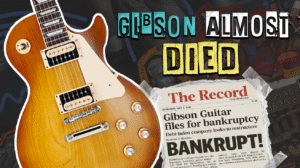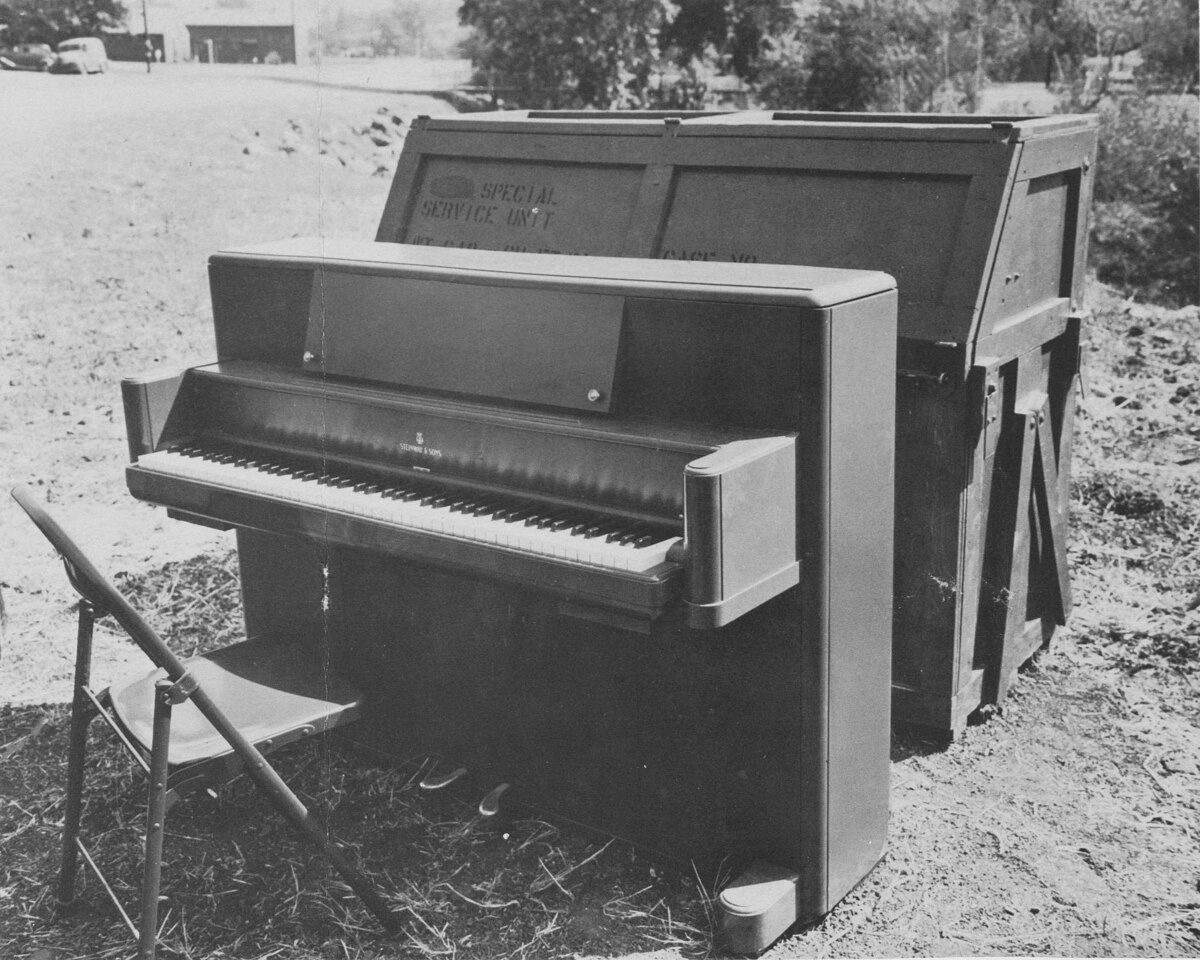
Math rock fingerstyle sounds like rocket science until you realize it’s just geometry with groove—complex patterns that follow logical rules once you decode them. This hybrid approach marries intricate polyrhythms to delicate fingerpicking techniques that would make both classical purists and indie darlings jealous.
The genre’s intimidating reputation often scares guitarists away from what’s actually an accessible creative frontier. These five carefully curated riffs prove you don’t need a mathematics degree to master odd time signatures and syncopated patterns. Your finger independence, rhythmic precision, and musical vocabulary will expand exponentially while you’re having fun with the process.
Math Rock Riff 1: The Polyrhythmic Foundation

Covet’s “Ares” and Maps & Atlases’ catalog built their reputations on this exact concept—weaving polyrhythmic structures through alternating bass and treble lines that create musical conversations between your thumb and fingers. This gateway riff navigates either 7/8 or 5/4 time signatures without making your brain short-circuit, using thumb-led basslines as steady anchors while melodic patterns dance overhead like controlled chaos.
Most guitarists live comfortably in 4/4 time, making this transition feel like learning to walk in platform shoes after years of sneakers. Start with glacial tempos, count subdivisions obsessively, and watch your coordination transform from awkward fumbling to fluid poetry.
Complex rhythms expand your musical vocabulary beyond simple strumming patterns, opening creative doors across genres from progressive rock to ambient soundscapes.
Math Rock Riff 2: Syncopated Simplicity

Don’t let the math rock label intimidate you—this riff reveals the genre’s surprisingly approachable side through simple harmonic foundations wrapped in syncopated phrasing that’s more puzzle than punishment. Eighth and sixteenth-note groupings create rhythmic interest without overwhelming complexity, while hybrid picking becomes your secret weapon for dynamic accuracy and tone shaping that pure fingerstyle techniques can’t match.
Your fretting hand endurance improves naturally as you navigate each measure’s intricate phrasing, building stamina through repetition rather than brute force. Practice sessions might feel like mental gymnastics initially, but persistence transforms even the most complex passages into muscle memory that flows as naturally as breathing.
If you want to sidestep common pitfalls as you build fingerstyle skills, review these beginner guitar mistakes.
Math Rock Riff 3: Emotional Dissonance

Yvette Young’s “Covet” material and Ichika Nito’s YouTube demonstrations prove something crucial—technical prowess without emotional depth is like a sports car with no gas. This riff achieves genuine poignancy through intentional dissonance, using added 9ths, suspended notes, and unresolved intervals to create tension that grabs listeners by the heartstrings before gently releasing them.
Open tunings like DADGAD or C#G#C#F#A#C# unlock sonic possibilities that standard tuning keeps locked away in musical jail. Modal exploration becomes second nature when suspended chords hang in the air like questions before resolving into beautiful answers, while Dorian mode inflections add subtle melodic character that transforms structured exercises into ambient storytelling.
Math Rock Riff 4: Percussive Independence

PIMA finger independence separates competent players from exceptional ones faster than you can say “classical technique,” and this riff develops that crucial skill through classic arpeggio shapes within non-standard time meters that challenge your coordination while building rhythmic sensitivity. Body taps and thumb slaps add percussive elements that would make flamenco masters nod approvingly, creating polyrhythmic layers that sound impossible until they become inevitable.
Slow practice reveals this riff’s hidden brilliance—accuracy always trumps speed in the long game of musical development. Online tutorials featuring fretboard diagrams and slow-motion segments provide visual guidance that accelerates learning exponentially, while students experience technique growth that feels almost unfair when layered practice methods replace rushed repetition.
Outfitting your instrument with essential guitar accessories can further support your journey into complex fingerstyle territory.
Math Rock Riff 5: Historical Foundation

Slint’s “Spiderland” tension meets Don Caballero’s rhythmic angularity in this historically grounded piece that traces math rock’s evolution from post-rock’s experimental roots to today’s YouTube virtuosos. The progression starts with basic hammer-ons and pull-offs before expanding into harmonically dense voicings and finger-tapped embellishments that showcase how the genre grew from Steve Albini’s raw production philosophy into something Tortoise and Battles later expanded into ambient territories.
Power chord rhythm blocking evolves into layered melodic cycles that demonstrate the genre’s creative DNA, connecting musical generations through shared obsessions with unconventional beauty. Recognizing these historical threads deepens appreciation beyond surface-level technique, revealing math rock as a living movement rather than a rigid formula—one where future artists will continue pushing boundaries that pioneers established through pure sonic curiosity.





















